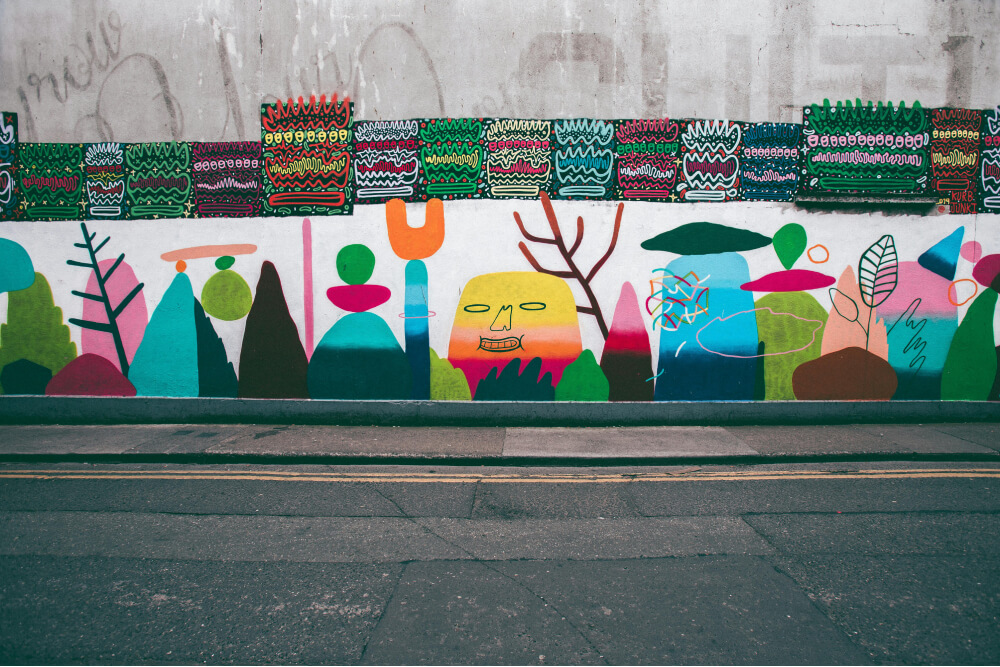Art & Insights
Mastering Digital Brushes
Posted on March 25, 2025 by Tom Klein

Featured Post
Digital brushes are the heart of modern illustration, offering endless possibilities for texture, depth, and expression. Over my seven years as a graphic artist, I’ve explored countless tools and techniques to create vibrant, emotive artwork. In this post, I’ll share my top tips for mastering digital brushes, drawing from my own workflow.
Why Digital Brushes Matter
Unlike traditional brushes, digital brushes allow for precise control and infinite experimentation without wasting materials. They can mimic anything from watercolor to charcoal, making them essential for artists like me who blend surreal and abstract styles. Here’s why they’re a game-changer:
- Versatility: Switch between styles instantly, from soft airbrushes to gritty textures.
- Customization: Adjust size, opacity, and flow to suit your vision.
- Efficiency: Undo mistakes or layer effects without starting over.
My Top 5 Tips for Choosing Brushes
With thousands of brushes available, finding the right ones can be overwhelming. Here’s my step-by-step approach to selecting brushes that elevate your work:
- Start with Defaults: Most software like Procreate or Photoshop includes solid default brushes. Master these before investing in custom sets.
- Match Your Style: Choose brushes that align with your aesthetic—soft for dreamy illustrations, textured for bold abstracts.
- Test for Responsiveness: Ensure brushes react well to pressure and tilt for natural strokes.
- Organize Your Library: Group brushes by purpose (e.g., shading, detailing) to streamline your workflow.
- Experiment Regularly: Try new brushes monthly to keep your work fresh and innovative.
“A good brush doesn’t make the artist, but it can amplify their voice.” – Tom Klein
Applying Brushes in Practice
Let’s look at a recent project, “Neon Glow Artwork,” where brushes played a starring role. I used a mix of soft airbrushes for glowing backgrounds and textured chalk brushes for foreground details. The contrast created a dynamic, immersive effect. Here’s how I did it:
- Laid down base colors with a large, low-opacity airbrush.
- Added highlights with a smaller, high-opacity round brush.
- Introduced texture with a custom chalk brush for depth.
The key was layering—each brush served a purpose, building the piece step by step. Experimentation and patience are crucial to finding the right balance.
Final Thoughts
Mastering digital brushes is about understanding their potential and aligning them with your creative vision. Take time to explore, test, and refine your tools. The right brush can transform a good piece into a great one, bringing your ideas to life with clarity and emotion.
Related Posts

Behind the City Pulse Mural
March 10, 2025

Why Art Matters Today
February 28, 2025
About Tom Klein

I’m a graphic artist with a passion for blending traditional and digital techniques to create emotive, storytelling art. With over 7 years of experience, I’ve showcased my work in galleries across North America and Europe.
Recent Posts
-
The Art of Emotional Storytelling
April 10, 2025
-
Behind the City Pulse Mural
March 10, 2025
-
Why Art Matters Today
February 28, 2025